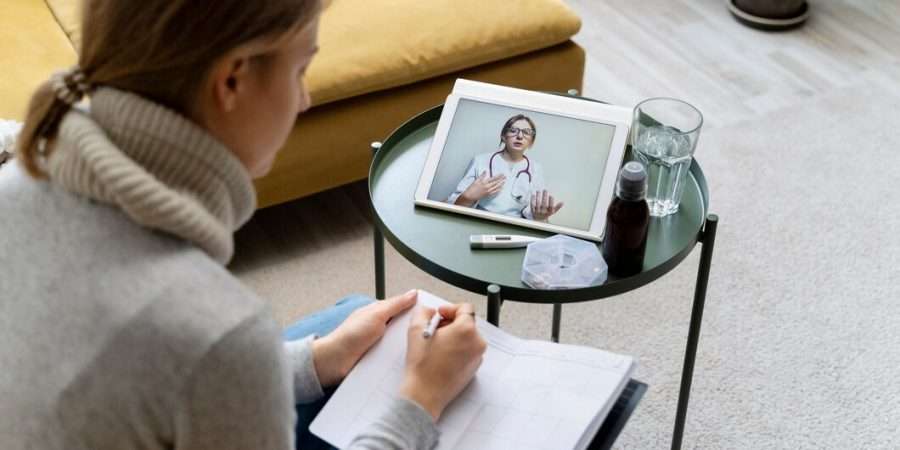A Checklist for a Successful Telemedicine Visit: Tips for Healthcare Providers and Patients
The rise of telemedicine has brought many benefits to the healthcare industry, including increased access to care, improved patient outcomes, and reduced costs. Telemedicine allows healthcare providers to deliver care remotely, using technology such as video conferencing and online consultations. This can be especially beneficial for patients who live in remote or underserved areas, or who have difficulty traveling to a healthcare facility.
However, in order for telemedicine to be effective, it is important for both healthcare providers and patients to understand how to conduct a successful telemedicine visit. By following the tips outlined above, healthcare providers can ensure that they provide high-quality care to their patients, while patients can take steps to ensure that they receive the best possible care from their provider.
By working together and utilizing the latest technology, healthcare providers and patients can take advantage of the many benefits of telemedicine, and continue to improve the quality of care in the healthcare industry.
For healthcare providers:
- Confirm that the patient has the necessary equipment and internet connectivity to participate in a telemedicine visit. This may include a smartphone, tablet, or computer with a camera and microphone, as well as a stable internet connection.
- Schedule the telemedicine visit in advance, and provide the patient with clear instructions on how to access the platform and participate in the visit.
- Ensure that you and the patient have agreed on a secure and confidential method of communication, such as a HIPAA-compliant telemedicine platform.
- Before the telemedicine visit, review the patient’s medical history and any relevant information that may be relevant to the visit.
- During the telemedicine visit, introduce yourself and confirm the patient’s identity.
- Use visual cues, such as body language and facial expressions, to establish a connection with the patient and provide a personal touch.
- Ask the patient about their symptoms and concerns, and listen carefully to their responses.
- Use visual aids, such as diagrams or images, to help explain medical concepts and treatment options to the patient.
- Provide clear and concise instructions to the patient on any medications or treatments that are prescribed, and ensure that the patient understands how to take them properly.
- Follow up with the patient after the telemedicine visit to monitor their progress and address any concerns or questions they may have.
For patients:
- Make sure you have the necessary equipment: This may include a smartphone, tablet, or computer with a camera and microphone, as well as a stable internet connection.
- Find a quiet, private location: Choose a place where you can talk to your healthcare provider without interruptions or distractions.
- Gather any relevant medical information: This may include your medical history, list of medications, and any recent test results.
- Test your technology: Make sure your camera and microphone are working properly, and that you know how to use the telemedicine platform.
- Prepare a list of questions or concerns: Think about what you want to discuss with your healthcare provider, and make a list of questions or concerns to bring up during the visit.
- Follow any instructions provided by your healthcare provider: Your provider may give you specific instructions on how to prepare for the telemedicine visit, such as taking your vital signs or collecting a sample for testing.
- Stay on schedule: Make sure to log into the telemedicine platform at the designated time for your appointment.
- Remember to follow up: If your healthcare provider gives you any instructions or prescribes medication during the telemedicine visit, make sure to follow through with those recommendations.
By following these tips, both healthcare providers and patients can help to ensure that telemedicine visits are conducted in a safe, effective, and professional manner. This can support the success of telemedicine in providing high-quality care to patients, and can help to improve patient satisfaction and outcomes.
Additionally, it is important for both parties to understand the limitations of telemedicine and be aware of when in-person care may be necessary. For example, certain medical conditions may require a physical examination that cannot be performed through a telemedicine visit. In these cases, it may be necessary for the provider to refer the patient for an in-person appointment. By being aware of these limitations and working together, healthcare providers and patients can ensure that they receive the care they need, while also making the most of the benefits of telemedicine.


